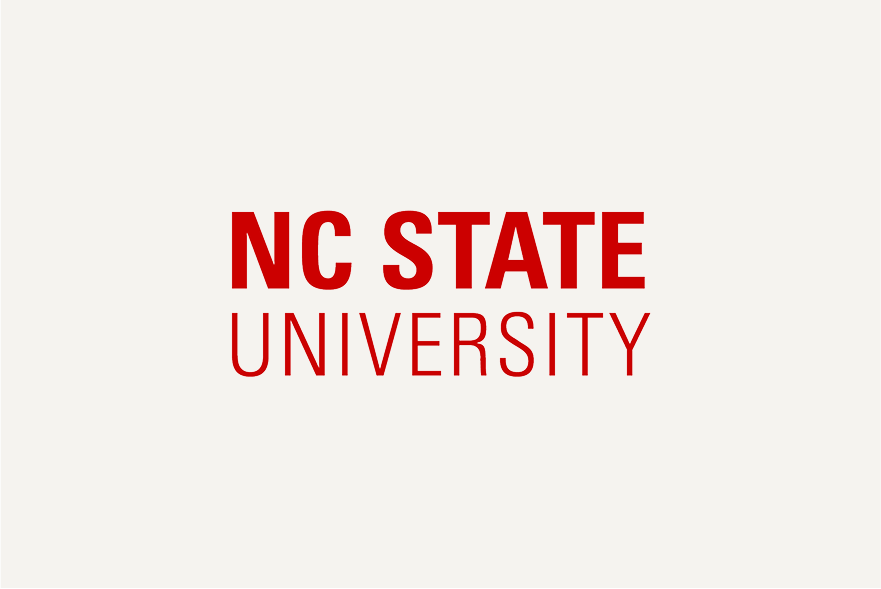NC State
North Carolina State University has more than 35,000 students and is the largest university in its state, employing 2,200 faculty and 6,500 staff members, 36 of whom are dedicated to procurement— including supplier relationship management, strategic sourcing, corporate card programs, warehouse operations, and more. NC State’s central procurement office is using Amazon Business to help realize their strategic plan “A Pathway to the Future,” which seeks to advance the university through goals that include focusing on student success, infrastructure, and organizational improvements.
One procurement team for 12 colleges and 150 departments
Sharon Loosman has been a leader in procurement at NC State for 18 years, serving as the director for the last eight. She came onboard in the early 2000s, right as the university was switching from a homegrown, legacy eProcurement system to Oracle PeopleSoft. She was hired to shepherd a smooth transition for a finance team that had been restructured to move into the procurement function. Since then, Sharon and her team have been creating best practices and standard operating procedures to source supplies for all of the university’s 12 colleges. From within the university’s procurement office, Sharon’s goal is to create and enhance systems that allow the colleges to operate independently as the experts of their own curriculum needs, while still managing compliance. With the constant shifts in academic and research efforts across the university, classroom and lab supply needs change frequently.
Even as the university transitioned from a homegrown system to the more advanced Oracle for eProcurement, they were seeing spend outside of the system on purchasing cards (PCards), as well as many cases that fell outside of their managed contracts.
Specifically, they noticed that faculty and staff were toggling between purchasing in the eProcurement system and on Amazon, due to the opportunity for more selection, better pricing to manage their budgets, and faster speed of delivery. While they were able to track this by monitoring PCard transactions, this gave them little detail into what was actually being purchased. Their challenge was to better manage this spend by consolidating it into their approvals structure to get more visibility and broaden their access to the details.
A seamless integration with Amazon Business, and a transformational journey
Sharon and her team at NC State were able to solve their three-part challenge by integrating Amazon Business into their eProcurement system without incurring back-end implementation costs, or disrupting what faculty and staff were already using. They achieved this through a “punchout” with Amazon Business. A punchout is a software integration that enables customers to access and shop Amazon Business from within their standard eProcurement system, using existing policies. While the typical punchout integration process requires technical resources on both the supplier and buyer sides—a process that can take months—Amazon Business uses an intuitive, self-service model that automates the generation of punchout credentials for over 90 eProcurement systems. Amazon Business created a dedicated implementation team for NC State, and the team met with the university weekly to execute this punchout in three months. “I was excited about all of the tools Amazon Business had to offer us, and wanted to get this connected to the NC State eProcurement system as quickly as possible,” said Sharon. “Your folks stepped right up to the plate—I was assigned an implementation manager, and a full team to manage the process in addition to having a great experience with my sales representative,” she said.
“With our integration with Amazon Business, we now have all of our colleges and individual academic departments buying in one place, which is a great thing since they understand their needs better than the central administrative office,” said Sharon. “Everyone is using one PCard across the university for all Amazon Business orders. We’ve structured the eProcurement system to include procurement rules and policies; using the Amazon Business data to create requisitions with Workflow Approvals within our eProcurement system allows our colleges to shop for what they need, while ensuring the right people are reviewing before processing orders,” she said.
Additionally, by having all purchasing workflows go through the central administrative office, it allows them to consolidate orders and use this visibility to create efficiency across the university. “Another thing that Amazon Business is doing that is a huge help to us is providing level 3 data to our PCard issuer. Getting this amount of data on transactions helps us continue to automate our processes and improve reconciliation,” said Sharon. “It’s transformational for us,” she said.
NC State is also leveraging the multi-year, competitively solicited contract that opens Amazon Business to OMNIA Partners registered agencies. By leveraging this existing contract, this reduces the need for multiple quotes and in many cases eliminates a lengthy RFP process. “It can be hard to keep up with contract pricing changes, but Amazon Business solves all of the issues related to maintaining compliance—it delivers third-party sellers competing for our business, we can easily compare pricing, and it’s delivering a powerful product comparison tool,” said Sharon. “If something changes over time, which in most cases it does, everything is highly visible with Amazon Business.”
NC State is a leading research institution, and because of this, they fund their operations in part by federal funding. As with all grant funding, there are guardrails for what it is to be spent on, and it’s important for NC State to get a clear read on what is being purchased to support research, and for the education mission. “We use the level 3 data that Amazon Business supplies to our card issuer, and match this back to POs we’re issuing,” said Sharon. “This information is fed into a dashboard, we’re currently using SAS visual analytics, and we’re able to make the data meaningful to tell a story and drill into the details. This is immensely helpful for ongoing and year-end reporting,” she said. While vendor and supplier simplification is the current focus, NC State is also taking initial steps using Amazon Business reporting and analytics tools to get a view on supplier diversity so they can make informed decisions in the future about supporting historically underutilized businesses.
NC State used to onboard too many suppliers without evaluation, and was spending a lot of time training, transacting, and engaging in supplier contract maintenance.
Increasingly, they’re using Amazon Business to consolidate suppliers, and they’ve been able to take some of the transactional work away so that the team can spend more time on strategic projects, evaluating and thinking through ongoing improvements. “We’re focused on supplier simplification—we just started looking at how many vendors we were onboarding, how many changes they request, and the cost of this maintenance,” said Sharon.
“We value getting this information on the front end, including supplier risk evaluation. A lot of this information we get from the data provided with Amazon Business Analytics,” said Sharon.
“Sometimes we, as procurement leaders, get stuck in the way we’ve always done it. Here at NC State, we explore new ways to reduce risk, increase efficiency, and generate revenue. Those are our guiding principles, and so I say let’s raise the bar, and go find solutions and partners who are willing to work with you and be nimble enough to make changes that help us move forward,” said Sharon. “Business practices are developed to support regulation. When we examine the purpose of the regulation and work backwards from its intention, how does a new way of doing business fit? You can usually work backwards from a perceived obstacle and make a good argument to move ahead. This allows us to adapt and improve,” said Sharon.
“Whether you’re buying electron microscopes or chicken eggs, we know we’re getting that to you in the best way possible, and we’re always improving,” said Sharon.

About NC State
NC State University, a leading public research university, streamlined its procurement processes with Amazon Business. Facing challenges in accessibility and efficiency, NC State leveraged Amazon Business solutions such as Business Prime, analytics tools, and a vast selection of products. These tools simplified ordering, enhanced spending visibility, and increased cost savings, enabling the university to meet its procurement goals efficiently.
Was this helpful?




